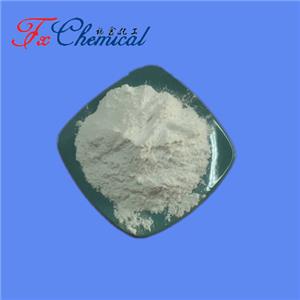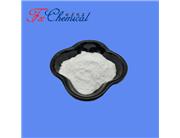D-Arabinose is a naturally occurring sugar, specifically a pentose sugar, meaning it contains five carbon atoms. It is part of the aldose group, which means it has an aldehyde group (-CHO) at one end of the molecule. D-Arabinose is less common than other sugars like glucose or fructose, but it plays a role in various biological processes.
Key Characteristics and Functions of D-Arabinose:
Structure: D-Arabinose is a monosaccharide with the chemical formula C₅H₁₀O₅. It exists in both cyclic and linear forms, similar to other sugars.
Natural Occurrence: D-Arabinose is found in nature, particularly in the plant cell walls and some bacterial polysaccharides. It is not as abundant as other sugars like glucose or fructose but can be found in certain plants, fungi, and bacterial species.
Role in Metabolism: In some organisms, D-arabinose can be metabolized and used as a source of energy. However, it is not a primary energy source in humans.
Applications in Research and Industry: D-Arabinose is used in various biochemical and medical research applications. For example, it is sometimes used as a starting material in the synthesis of other compounds, including some antiviral agents.
Sweetness: D-Arabinose has a sweet taste, but it is less sweet compared to common sugars like sucrose (table sugar).
While not as well-known or as widely used as other sugars, D-arabinose has specific roles in research and certain specialized applications.
Package

Shipping

Company information

Contact information
Export sales: Ishara Zhang
Skype:Fortunachem201303
E-mail:hk@fortunachem.com
Tel:+86-27-59207851
Whatsapp/Wechat:+8618007136271

 China
China







